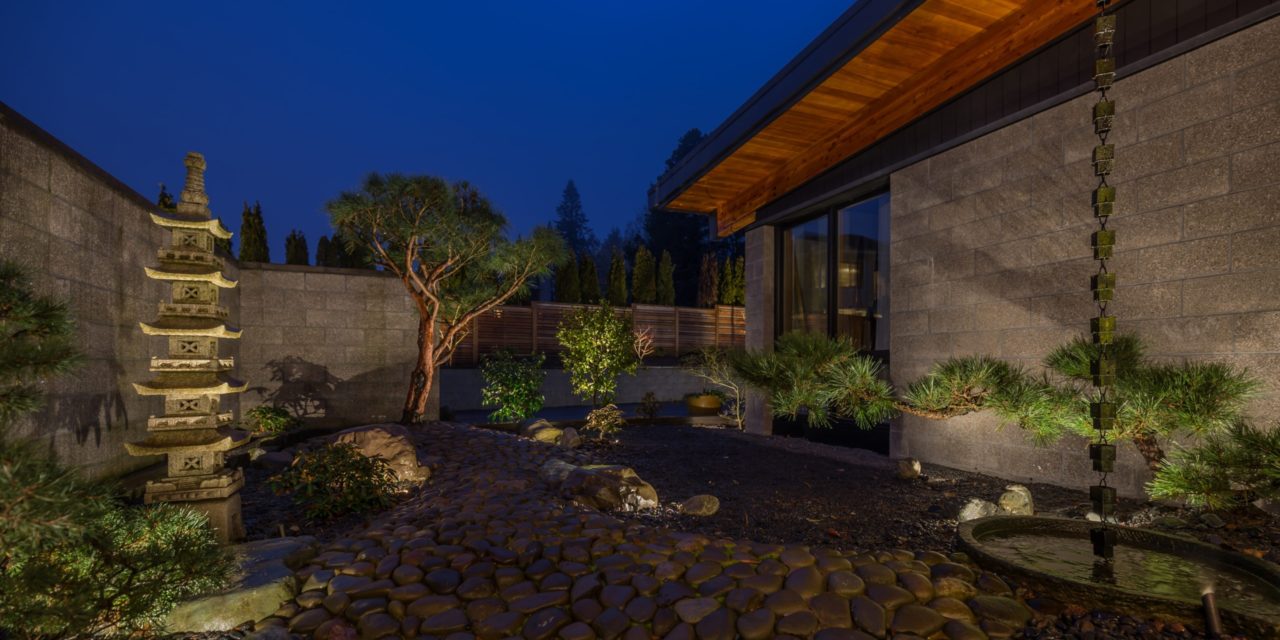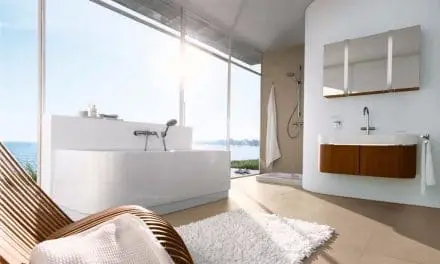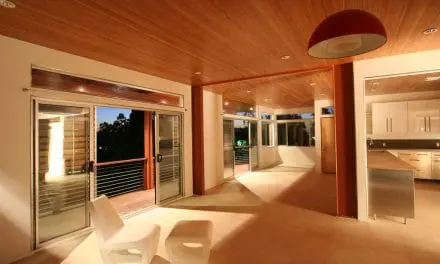Photo courtesy Oregon Outdoor Lighting
When seeking the eco-friendliest outdoor lighting solutions, look at components, materials, and the night sky
By Michelle Mueller, Co-Owner of Garden Light LED
What is the first thing you consider when choosing landscape lighting for outdoor spaces? Is it the style of lighting fixtures? The length of the manufacturer warranty? The daytime appearance? Or maybe it’s purely about the effect: beautifying your outdoor space, the architecture, walkways, foliage, water features, or sculptures? Yes, these design aspects are all crucial for transforming your outdoor living space into a beautiful nighttime oasis. But what often gets forgotten in lighting an outdoor living environment is, well, the environment.
Our outdoor living spaces belong to the fabric of our communities and the planet at large. Just as we consider how to cast light in our outdoor spaces to craft the right effects and ambiance, we also must consider the impact that lighting equipment and the lighting itself have on the world beyond our property lines. Fortunately, low-voltage LED landscape lighting has made tremendous strides in recent years: offering dramatically lower energy consumption and longer life; well-controlled lighting effects; and smaller lighting instruments for the most minimal eco footprint. Plus landscape lighting design courses and various other resources are available online to help us learn how to choose and apply these newer, more efficient lighting solutions. Let’s start here with some guidelines for achieving the most beautiful effects with the emphasis on sustainability and your bottom line.
Choosing Sustainable Equipment
Numerous variables will ultimately contribute to the efficiency and effectiveness of low-voltage LED landscape lighting. LED technology is the most energy-efficient, versatile, and long-lasting solution we have available on the market. LEDs use roughly 20% or less of the energy required by the halogen and incandescent light sources you find in older outdoor lighting. Because low-voltage LED landscape lighting uses less energy, this allows us to use smaller transformers and less wire.
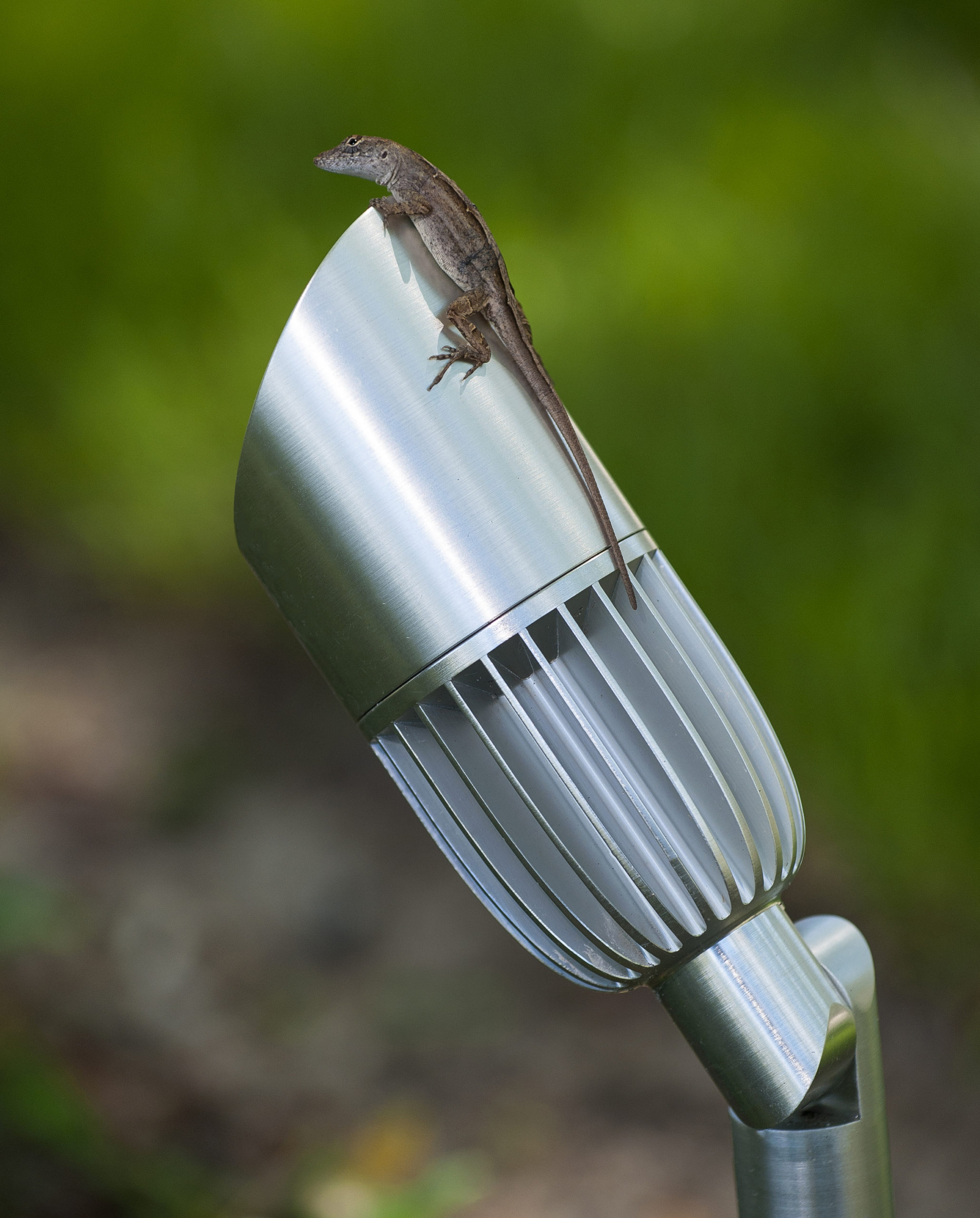
Not only that, but the lighting fixtures themselves can be engineered to be very small, with minimal daytime presence and still great lighting effects. This often uses less materials in manufacturing and transportation, further reducing the equipment’s carbon footprint and other environmental impacts. The lower energy consumption and exceedingly long life of low-voltage LED landscape lighting both help save customers money in the long run. And an efficient lighting solution that the owner loves, and that lasts and lasts, is ultimately the most eco-friendly.
Choosing a Sustainable Lighting Manufacturer
As the global population grows, so does the need to illuminate our world. But according to Science Daily, global light pollution—that is, wasted light shining upward into the night sky—has increased by 49 percent in the past 25 years. This increase has resulted in harmful repercussions to the environment, including unnecessary energy consumption, disruption to nighttime ecosystems, and human health issues. To combat these challenges, eco-conscious outdoor lighting companies have created solutions to maximize the effectiveness of outdoor lighting and decrease the harmful environmental impacts of light at night.
The International Dark-Sky Association and the Illuminating Engineering Society have developed a metric to show how much light from a pole-mounted streetlight or pathway light shines down onto the street or walkway. The BUG rating (having nothing to do with insects) shows a value from 0 to 5, with the lower numbers having less glare and wasted light scattering up into the sky. But we don’t always want to light from up high. Outdoor lighting often shines upward from the ground, casting light on a feature, wall, or foliage. Precision low-voltage LED landscape lighting NEED LINK instruments keep light focused on the area or object of interest, minimizing glare and wasted light.
Several lighting companies, including Garden Light LED, have taken specific action to support endangered sea turtles. Nighttime illumination has dramatically impacted the sea turtle population: disorienting female sea turtles as they look for places to nest onshore and affecting new hatchlings’ orientation as they rush to the sea. “Turtle Friendly” lighting solutions are designed to help our hard-shelled friends by adhering to requirements set by the Florida Fish and Wildlife Conservation Commission.
We’re raising some light pollution issues and solutions here, but we encourage you to learn more about how light at night impacts humans and wildlife, particularly birds.
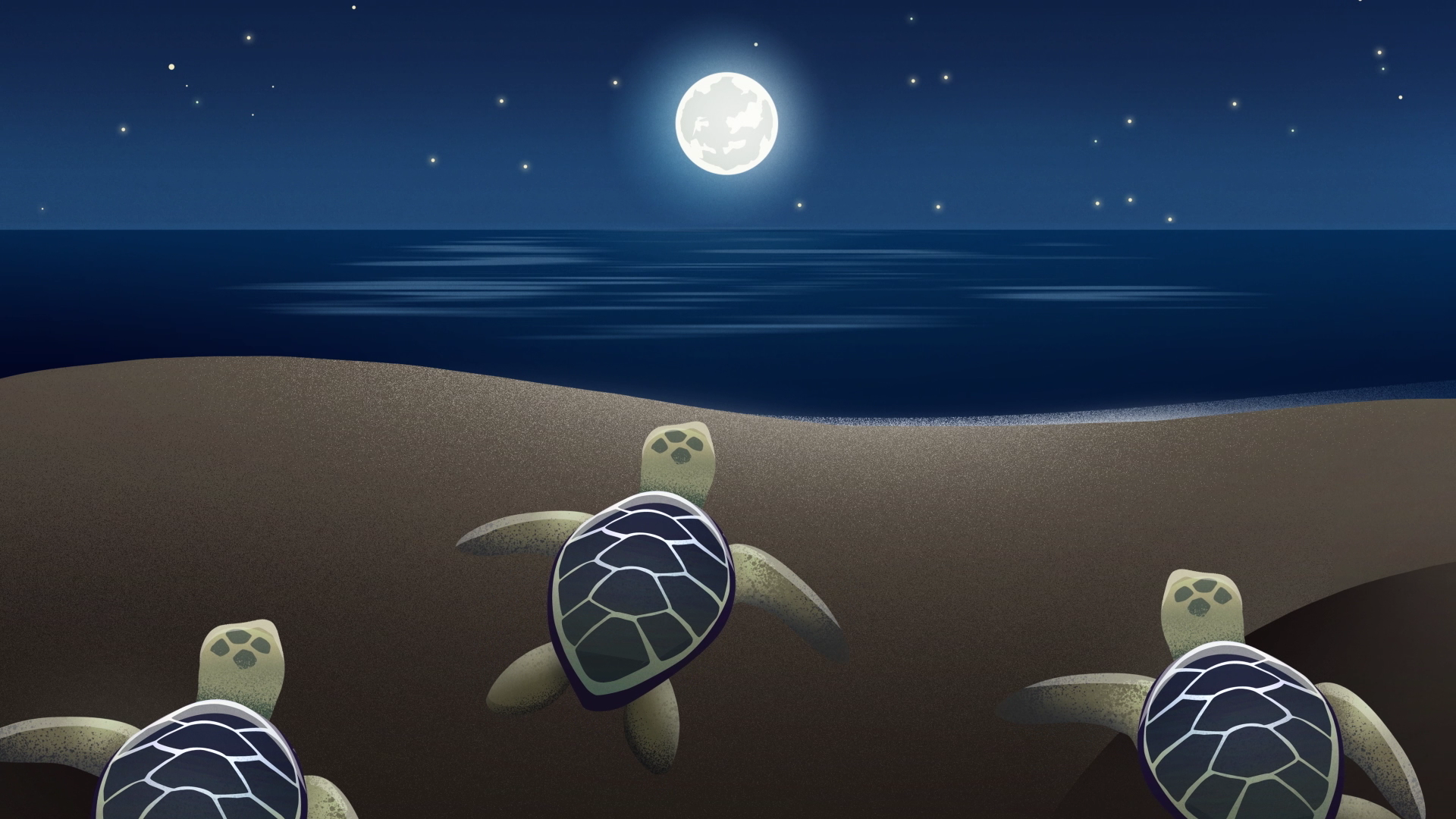
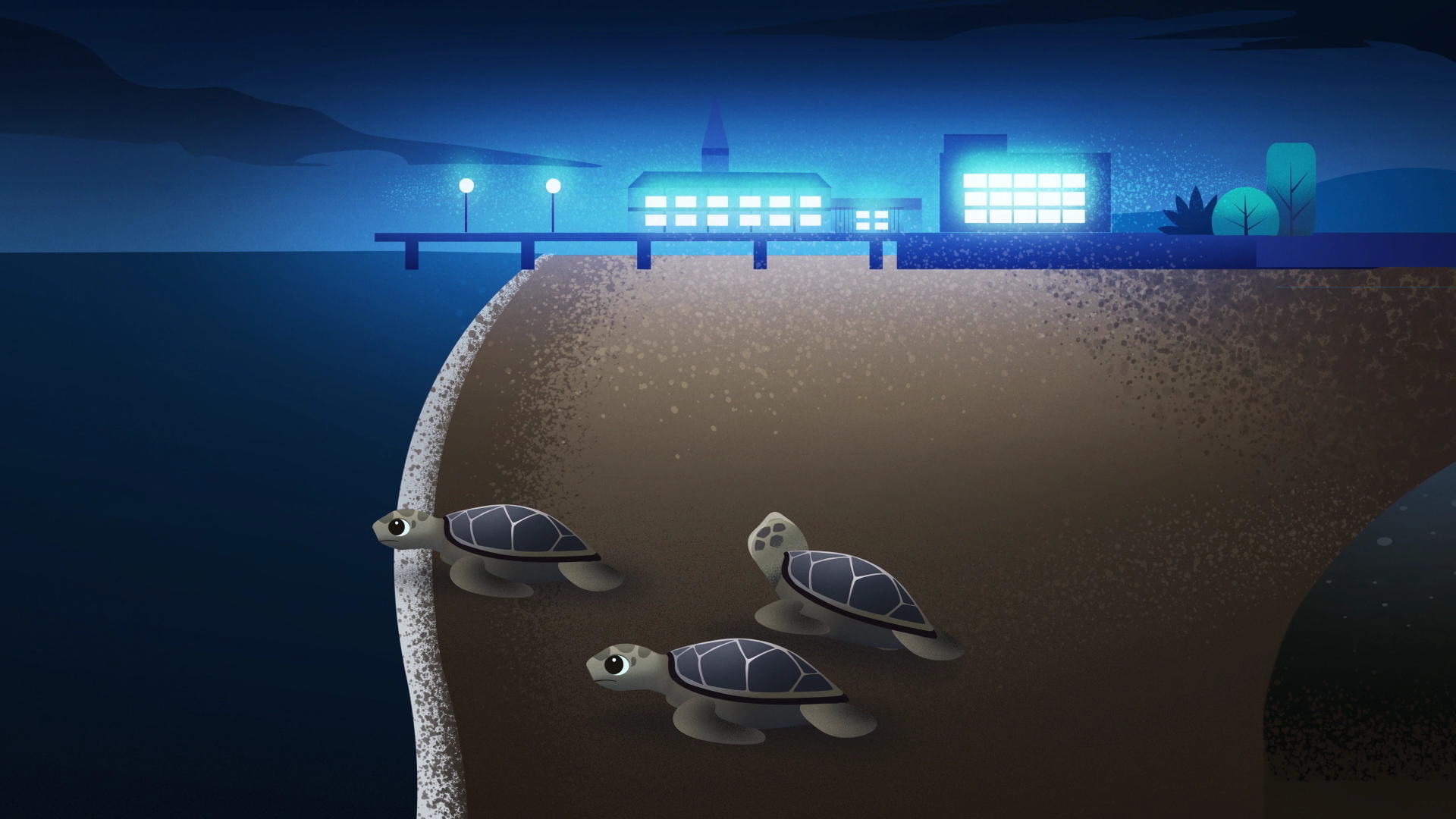

Images © Australian Government

Eco-Friendly Materials
With countless lighting products available today, it can be overwhelming to distinguish which are truly environmentally friendly. Consider first what materials and processes were used to produce the light fixtures you’re interested in. Compare solid metal construction to plastic composites that last a few years, then disintegrate due to harsh environmental exposure and wind up in a landfill. Digitally machined products in brass and aluminum are preferred to anything composite, or really anything cast from various metals. C360 solid brass and 6061 aircraft-grade aluminum are supremely durable, and they’re recyclable at the end of their lifespan.
Reduce the carbon footprint of your LED landscape lighting even further by purchasing products made in the United States, rather than ones shipped from overseas. Made-in-the-USA lighting products also ensure that safe manufacturing processes are employed, meeting the requirements to protect the environment and our workers’ health. Finally, choose equipment backed with significant manufacturer warranties (at least 20 years) to ensure the product’s longevity, which avoids both waste and aggravation.
Sustainable Design
In developing a lighting design, or lighting composition, landscape designers look at depth, shadows, and the reflectivity of different features, including any water features. These are all critical for producing serene, striking outdoor scenes. When selecting practical low-voltage LED landscape lighting fixtures, you’re considering safety, security, and functionality combined with aesthetic design as the main objective. A broad product selection and an array of lighting design techniques (such as downlighting, uplighting, in-grade products, wall washing, pathway lighting, and step lighting) allows for various illumination options to meet your individual design plans and lighting goals.
Designers use light reflected directly off objects along with shadows and silhouettes to develop captivating lighting effects. Using the correct low-level lighting, in the correct shade of white light, to highlight three-dimensional plants, water features, and artwork will establish an engaging perception of what is lit and the landscape surrounding it. When executed correctly, these effects can be maintained throughout all seasons. Again, careful design with precision low-voltage LED landscape lighting will establish a “hierarchy of brightnesses” and the desired overall outdoor atmosphere by illuminating specific areas and objects. Contributing little to light pollution supports dark skies.

Photo courtesy Janet Lennox Moyer
For anyone interested in learning more about landscape lighting design, I can’t recommend Learn Night Light highly enough. This comprehensive lighting design training course, available through the Illuminating Engineering Society, features the work of renowned landscape lighting designer Janet Lennox Moyer. She is an internationally recognized lighting expert, who has perfected the art of creating enchanting outdoor environments with low-voltage LED landscape lighting. She shares her expertise and wisdom in this comprehensive, learn-at-your-own-pace educational program. In these webinars, she discusses how to achieve all the desired elements of depth, composition, use of shadows, and lighting expression, that together create ambient landscape lighting with sustainable lighting materials.
Countless variables come into designing an excellent and eco-friendly landscape lighting experience. Beginning with LEDs for energy efficiency and precision, and then combining long-lasting materials with sustainable equipment and manufacturing processes from eco-conscious lighting manufacturers… Quality lighting instruments will help you devise a striking and appealing outdoor lighting design. Using eco-friendly low-voltage LED landscape lighting equipment will not hinder the artistic aspects of your design, but instead enhance it ecologically. Meticulous planning, executed correctly, requires no sacrifice: not the environment nor your creative expression.

Michelle Mueller is the co-owner of Garden Light LED and has years of success producing profit-generating business models. Garden Light LED was founded in Tampa, FL, and has transitioned from a reseller to an enterprise model based on Michelle’s implementation of new designs and her business experience. The team prides itself on providing educational content and providing clients with guidance when making difficult decisions in the design process. Michelle recently produced Learn Night Light, offering two courses of 20 sessions with legendary designer and author Janet Lennox Moyer. These educational courses are now recognized with IES, AIA, and LA CEUs.


